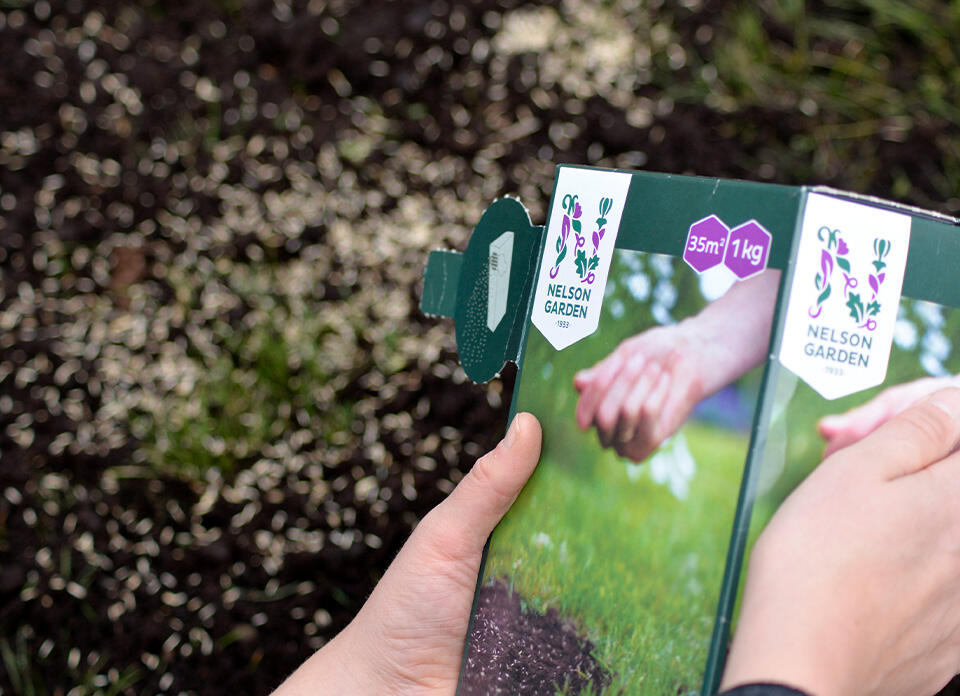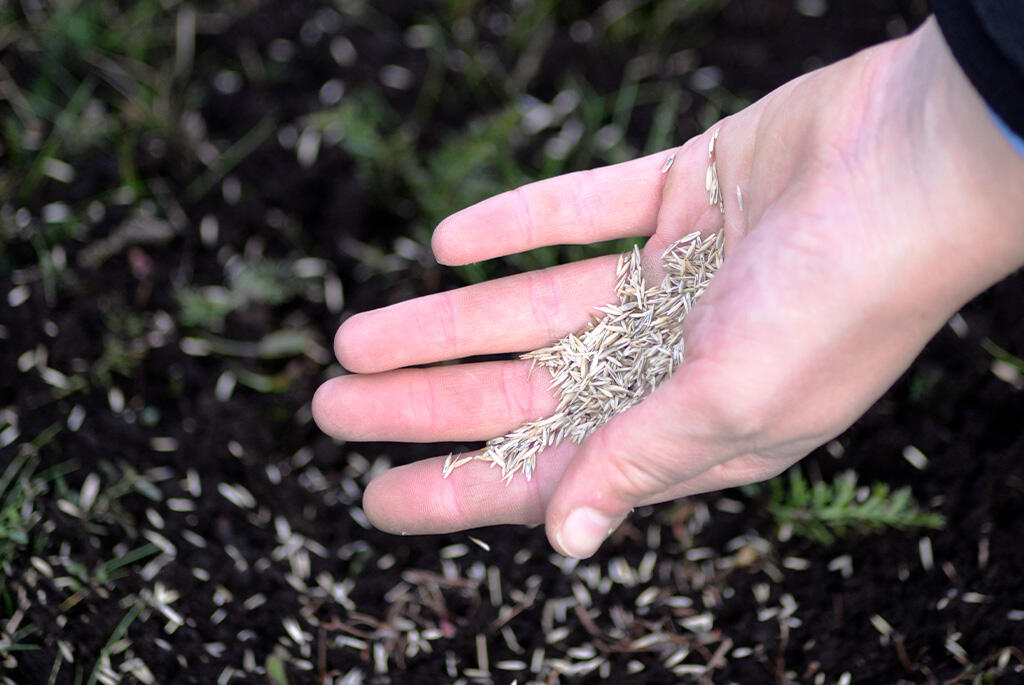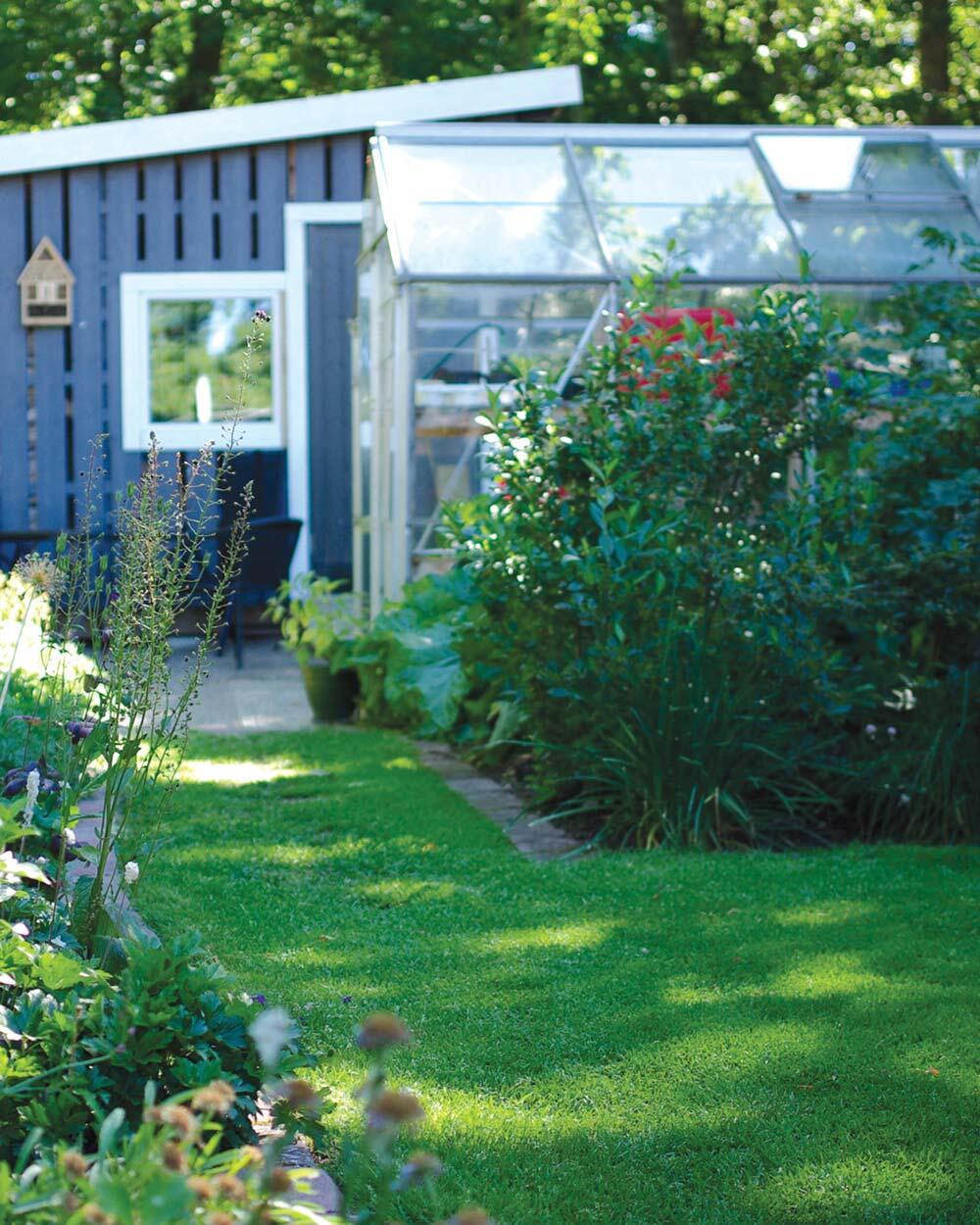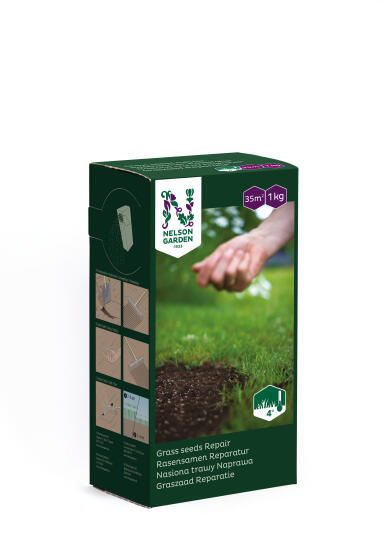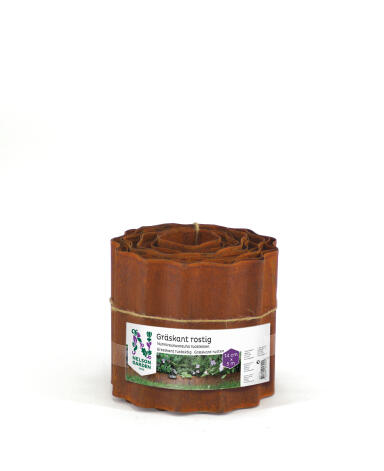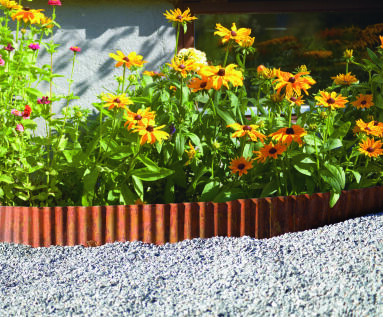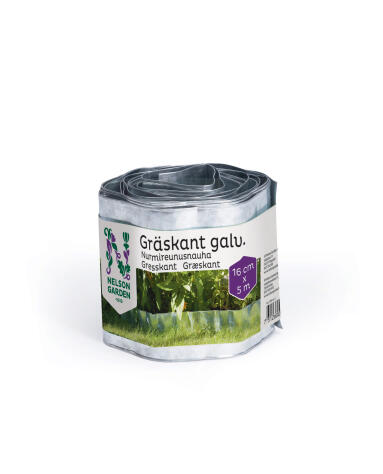Free returns
Quick delivery
Established 1933
Sowing grass in autumn
22 June 2022Sow grass in autumn – when the conditions are excellent for laying a lawn or overseeding worn lawns. In those months the soil temperature is perfectand humidity levels are high, which helps the seeds to germinate. In addition, the grass seeds have less competition from weeds, which helps the lawn to get established.
Is there anything better than walking around barefoot on a beautiful, thick, green lawn? A lawn sown in the autumn has a good chance of establishing itself and forming a dense, attractive lawn by next year.
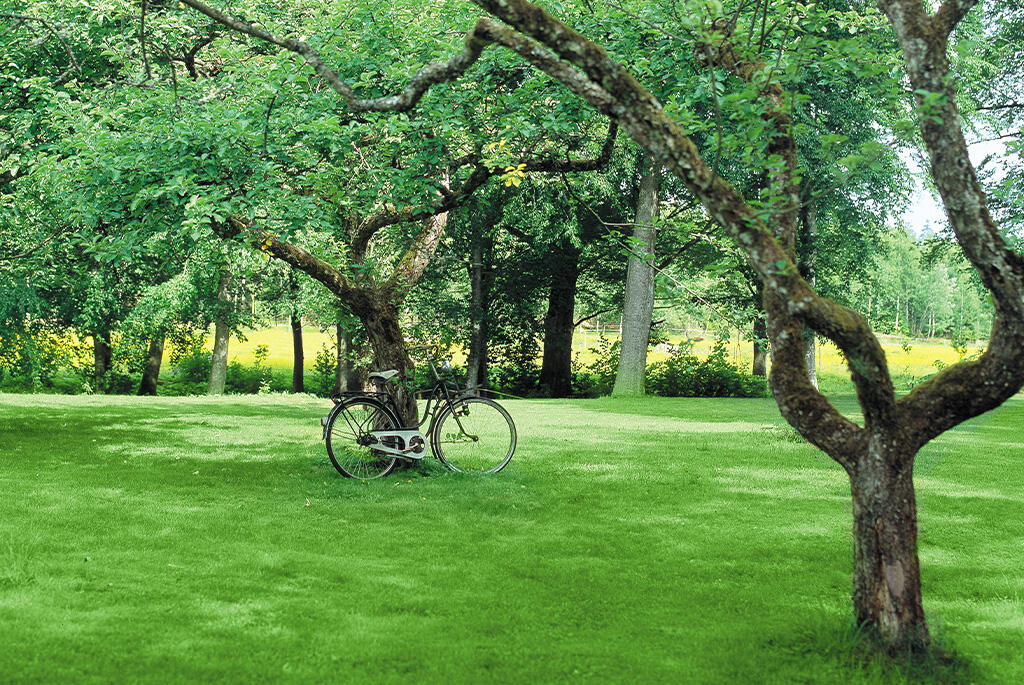
Groundwork is important for successful grass sowing. Start by raking any roots, twigs, stones and weeds from the surface. Mix in sand or gravel if the soil is rich in clay, soil improver if the soil is nutrient-poor, and fertilise if necessary.
When the soil is level, you can press the soil down with a garden roller or by stepping on it to make it more stable. After that, broadcast the grass seed with a seed spreader or by hand. An easy way to get more even coverage is to divide the lawn into smaller sections and sow each section separately.
Germinates after 2–4 weeks
For best results, work the seeds into the soil with a rake and water well. When you think you have watered enough, water a little more. It is important to keep the surface moist during the germination period so that the seeds do not dry out.
After 2–4 weeks the grass seeds will begin to germinate. Wait until the blades of grass reach around 7 centimetres before cutting the grass for the first time. It is important not to cut too much off – just trim the blades so that they split. This makes the lawn denser. Ideally leave the clippings on the grass as this returns some of the nutrients to the soil.
How to water a newly-seeded lawn
Watering a newly-seeded lawn is essential for it to root properly. You may need to water several times a day if it’s hot and sunny. Once the lawn is established, it is better to water abundantly and infrequently. A good time of day is in the evening when there is less evaporation than in the daytime.
Depending on your choice of grass seed and the weather, you should be able to use your new lawn after about eight weeks. However, it will be some time before the grass can withstand too many rough activities.
Boost your existing lawn by overseeding
For those who have an established lawn but may have problems with weeds and moss, you may also want to overseed it with new grass seed. By spreading grass seed evenly over the lawn together with fertiliser, you can then water and get a lawn that’s both denser and more lush, and better at resisting weeds too. In the same way, you can repair a lawn that has been subjected to wild football matches or wheelbarrow shuttle runs after the summer.
